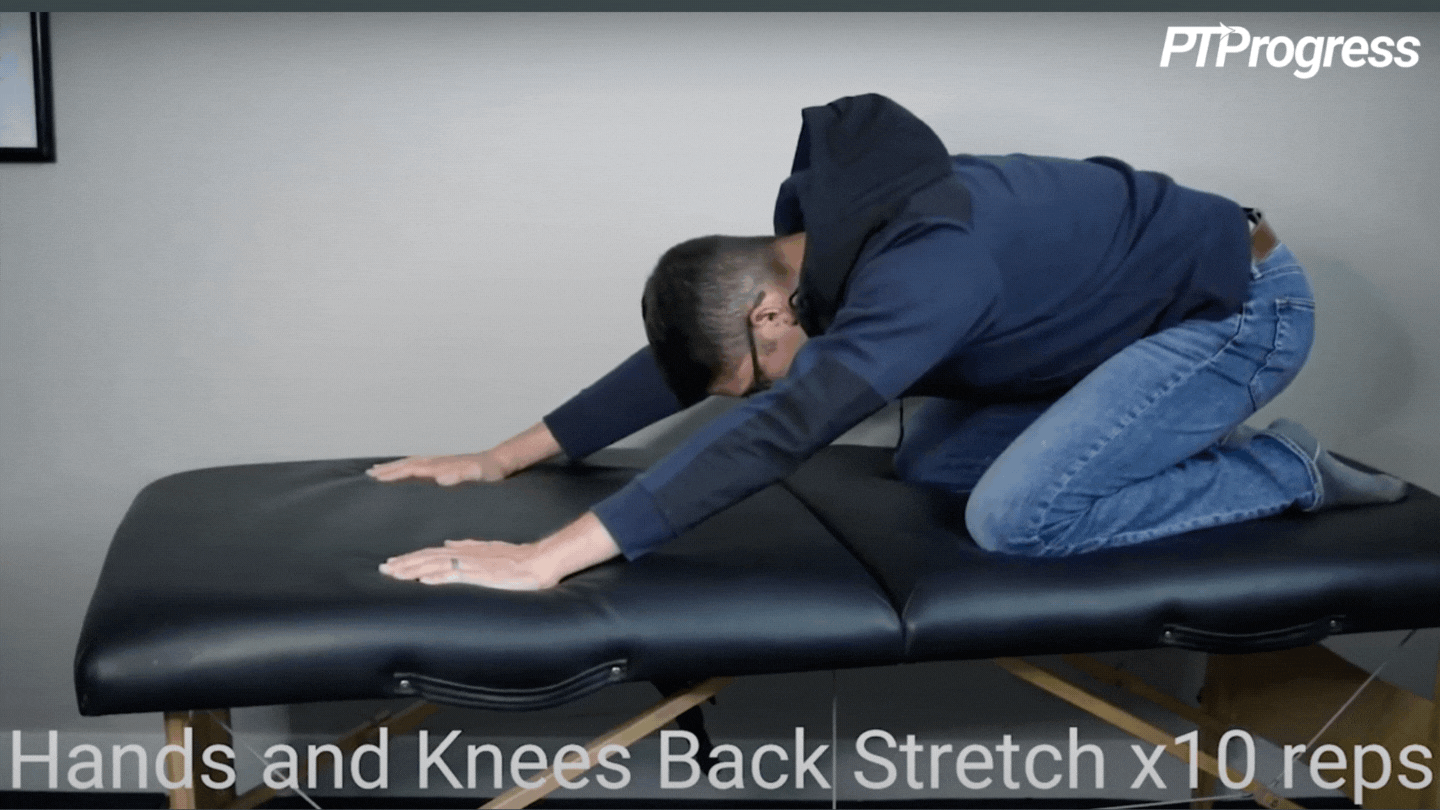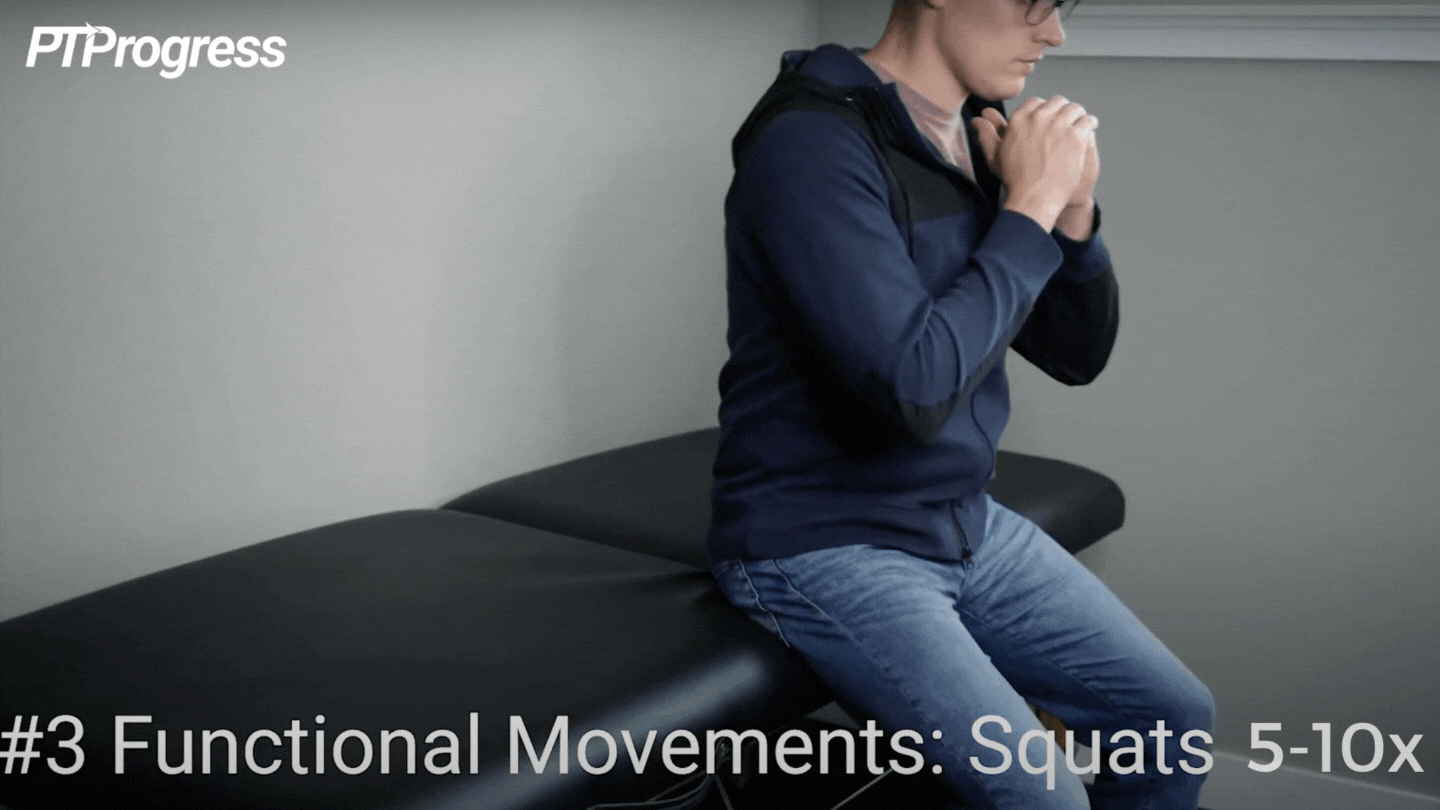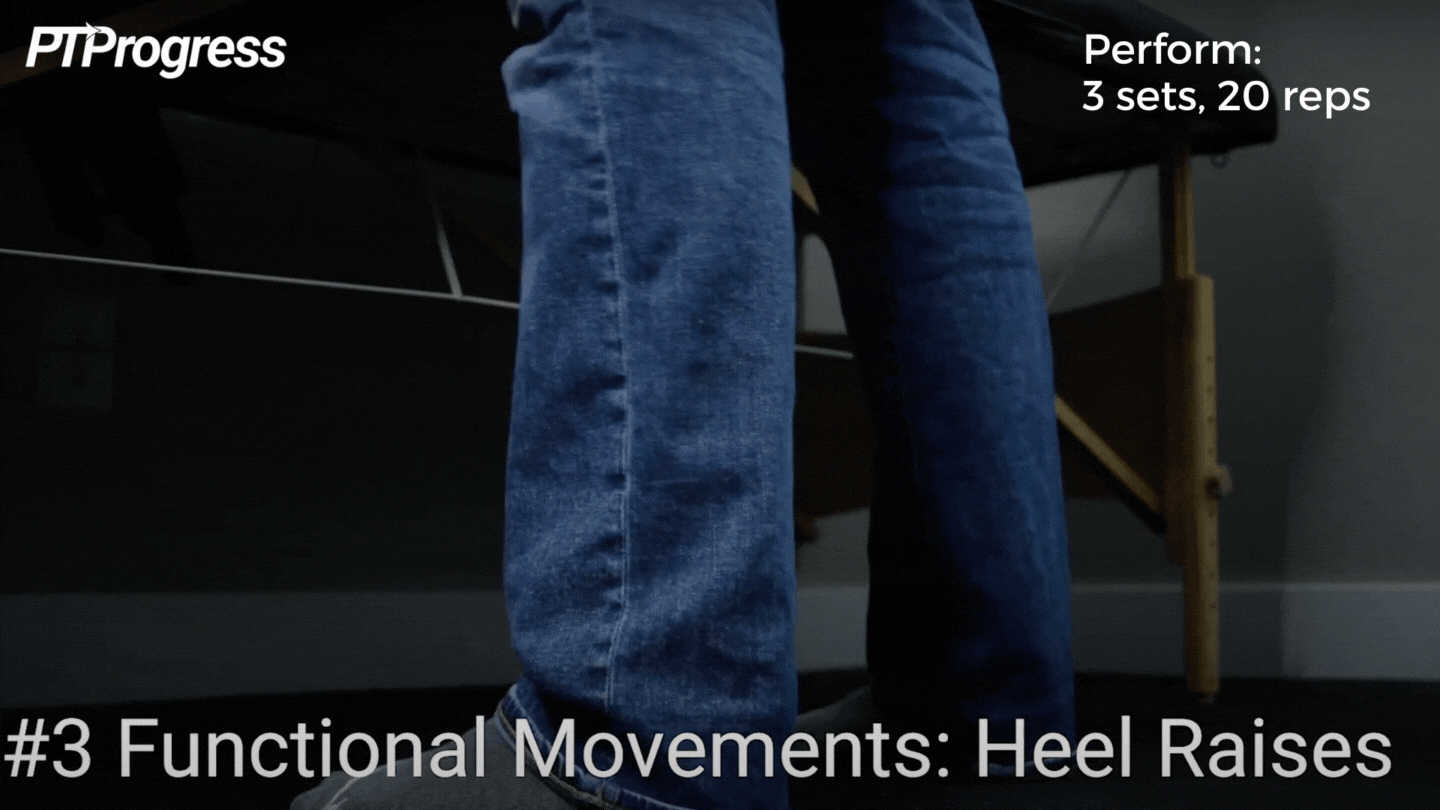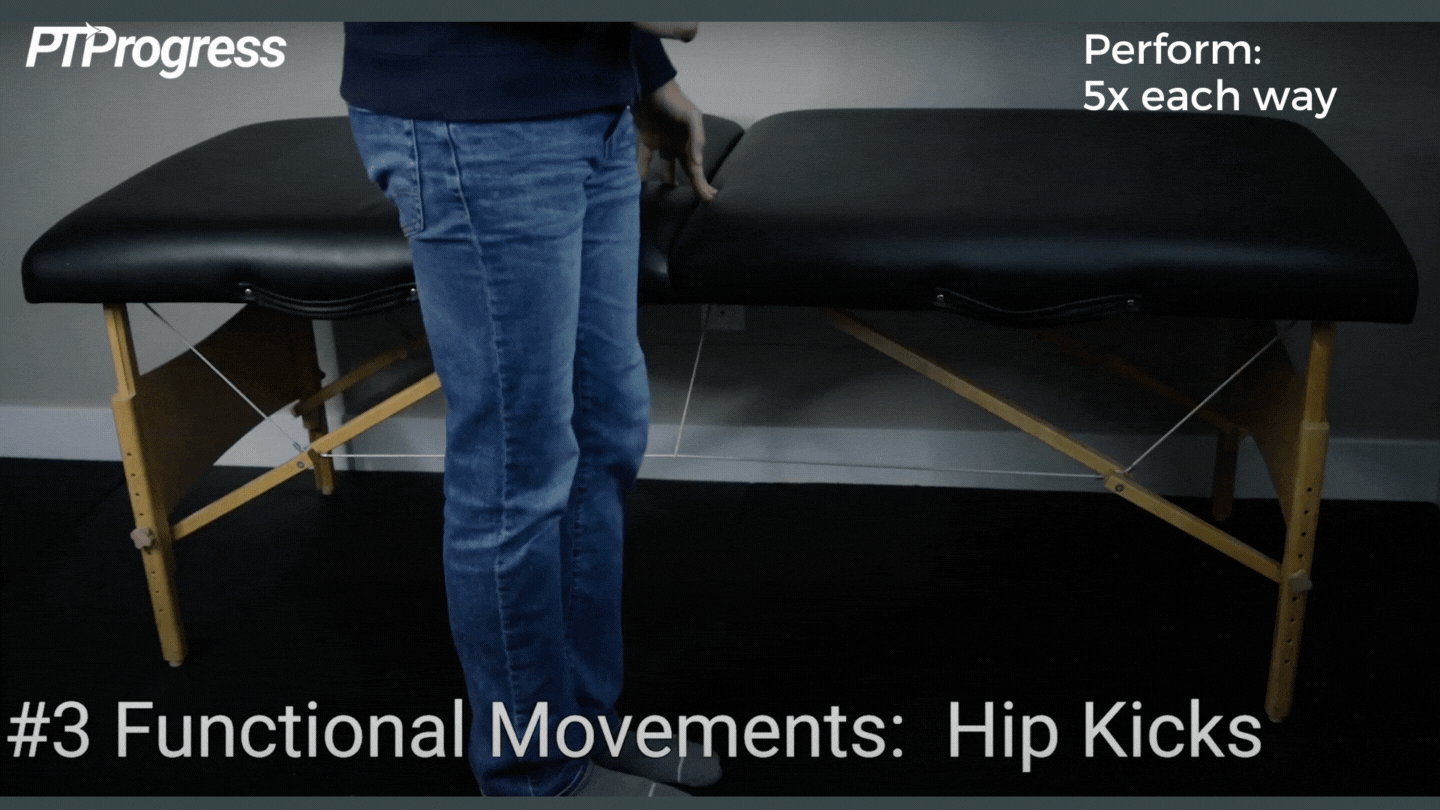
If you’ve had Covid19, you’re familiar with its flu-like symptoms: muscle aches, fatigue, persistent cough, and even shortness of breath with simple activities. I know because I had all those symptoms 4 months ago from my bout with Covid. And as a physical therapist, I realized that to get back to normal I needed some Covid recovery exercises.
Recovering from Covid19
Your recovery might take a couple of weeks or more than a month; everyone recovers at a different rate. I’m feeling great now, but I’ve known some cases where it took several months to feel fully recovered.
These exercises can help your recovery process, although you should be careful not to aggravate your symptoms.
It’s always important to check with your doctor or physical therapist before starting an exercise routine, and that’s especially true for these 5 essential Covid recovery exercises.
5 Covid Recovery Exercises
I recommend making a checklist of these 5 exercises so you remember to complete them throughout your day. You can even download this cheat sheet!
1. Pursed Lip Breathing Technique
This simple exercise is essential for Covid recovery, whether you’re currently battling Covid or no longer showing symptoms. Pursed lip breathing helps promote ventilation and perfusion in the lungs, increasing the level of oxygen in your blood and feeding your tissues.
Without the right levels of oxygen, you’ll feel lightheaded, short of breath, and even restless or fatigued throughout the day.
To perform this technique, take a deep breath through your nose. With pursed lips, breathe out slowly and with control, as if you’re blowing out a candle.

This technique will make your breathing slower and more effective. The slight pressure used to purse your lips as you breathe out will help the alveoli in your lungs process oxygen better.
You don’t need to breathe like this all the time, and in fact, you shouldn’t. Overdoing it may cause lightheadedness and even fainting. Limit yourself to 3 to 5 breaths at a time, which takes just about a minute or so.
2. Daily Stretch Routine
The second exercise to help your Covid recovery is a series of stretches I adopted as a daily routine.
Your muscle aches may feel different from those of other people, or different from anything you’ve had before. I know for me, my muscle soreness ran down my back, buttocks, and the back of my leg, with symptoms of sciatica. It was awful, but some daily stretches and massage techniques with my massage gun really helped.
For Back and Leg Muscle Aches:
Seated Hamstring Stretches

Sit tall in a chair and extend one leg outward in front of you. Gently lean forward – you should feel a stretch – for 20-30 seconds at a time. You can smoothly transition from this stretch to the next one.
Seated Sciatic Nerve Glide

Sit tall in a chair and extend one knee by straightening your leg. Now flex your foot and extend it, up and down for 15 to 20 times. Be careful to move only within a pain-free range.
Lumbar Paraspinal Stretch

Round out your back and legs routine with this simple stretch performed on hands and knees. Start with your shoulders over your hands and your hips over your knees. Rock backwards, butt towards feet, 10 times.

You can also perform this stretch at a countertop as an alternative to the quadruped position. Just place your hands on the countertop and shift your weight backwards until you feel an active stretch along the low back paraspinal muscles. Repeat 10 times.
For Neck and Shoulder Muscle Aches:
If you’re feeling soreness in your neck or shoulders, try the exercises in the video below.
I recommend using a massage gun, too, specifically the Bob & Brad gun. For me, this massage gun was a lifesaver, because when my muscles were aching and I was too tired to get up and stretch, I used the massage gun to help work out the knots. You can learn more about massage guns and which attachments to use in this post.
3. Light Covid Exercises: Functional Movements
The third exercise is really 7 different functional movements to work on while you recover from Covid.
Whether you still have Covid or are in recovery, be careful that you don’t overdo these movements. You don’t want to get the heart rate too high or your oxygen level too low.

How do you monitor these vitals? I recommend using a simple pulse oximeter, something that will track both your pulse rate and your oxygen level. These little gadgets are small, easy to use, and available at most pharmacies.
Watching your oxygen level and pulse rate is essential to a safe recovery when you’re battling Covid. Stop exercising if your oxygen level dips below 88%.
Ideally, you should keep your pulse rate below 50-70% of your maximum heart rate as you begin exercising again. To estimate your max HR, subtract your age from 220. Your target heart rate, for our purposes, will be 50-70% of that number.

For example, I’m 34, so my projected maximum heart rate is 186 beats per minute. While recovering from Covid, I made sure my heart rate didn’t exceed 50-70% of 186, which comes out to 93-130 beats per minute. Keeping my heart rate at the lower end of this range was a good target for me while initially performing these exercises.
There are 7 movements I recommend for early Covid exercise:
Squats: such as squatting from a chair or even just doing air squats. For a good start, try 5 to 10 squats at a time.

Heel raises: Rising onto your tiptoes will strengthen the calf muscles and pump blood to the heart and prevent blood clots. Shoot for 10-20 heel raises 2-3 times a day.

Marches: While sitting or standing, lift your knee up as if you’re taking a big step, then alternate with the other leg, 10 times each side.

Wall pushups: A modification of the real thing, wall or counter pushups help strengthen the upper body. Aim for 10 reps daily.

Lateral stepping: Facing a countertop, step sideways 5-6 times in either direction.

Hip kicks: While stabilizing yourself against a countertop, kick your leg from your hip socket in 3 directions: forward, backward, and to the side. Perform these kicks 5 times on each leg in each direction. This is a great move for exercising the hip muscles.

4. Smell Training
Perhaps one of the most annoying symptoms of Covid is anosmia, or the loss of taste or smell. For me, this symptom lingered on long after my other symptoms had retreated, and I was anxious to get back my sense of smell.
As a technique, smell training (or olfactory training) is effective for recovering a sense of smell after a viral infection. For the full lowdown on this training technique, you can check out this article. But in a nutshell, you do this exercise by smelling specific types of scents consistently every day. Choose potently different scents to help retrain your olfactory neurons in recognizing certain smells.
Smell is processed in the brain, so you can’t do this technique mindlessly and expect it to work. Take short sniffs of your familiar scents and concentrate on each smell, even if you can’t actually detect the scent. Imagine it, remember it, remind your brain of it.
According to research, familiar smells such as lemon, rose, cloves and eucalyptus are effective for smell training. These types of scents cover a variety of aromas and are all pleasant to take in.
Personally, it took me about 2-3 weeks to fully recover my sense of smell using these exercises. But I kept up with the training because little by little my sense of smell improved each day. I know it’s really frustrating to not be able to smell or taste anything; try smell therapy and don’t lose hope!
5. Cardio Recovery Exercises: Walking, cycling, jogging, etc.
As a final exercise in your Covid recovery routine, get in some cardio. This could be whatever you like best. Some people may only want to get back to walking while others will want to return to cycling, jogging, or higher-level cardio routines.
If you have Covid right now, I’d recommend you avoid intense cardio exercises. Give your body time to heal and rest; you can focus on the other strength-training exercises from #3 above.
But if you’ve been recovering for 7-10 days, and your doctor clears you to return to exercise, then you can gradually incorporate cardiovascular exercises into your routine.
In week 1, start with 5 minutes of activity 3 to 5 times a day. This could be lighter cardio exercises, such as walking and cycling. Be sure to monitor your heart rate and oxygen level, as mentioned above.
In week 2, increase your cardio activity to 10 minutes, 2-3 times a day.
And in week 3, progress to 15 minutes of activity 2 times a day.
The point is to steadily increase the duration of your cardio activity, from 5 minutes at a time to 15 minutes at a time, over a 3-week period.
Within one month of your Covid recovery, you may be ready to return to advanced cardio routines such as jogging, rowing, or playing basketball, especially if you followed this 3-week timeline.
But everyone is different, so if you need a longer period for cardio recovery, take it. Always monitor your symptoms and vital signs, and be sure to follow your physician’s recommendations, especially if you have other underlying conditions or diagnoses.
Covid Recovery Exercises: Take Your Time
My final word of advice is to be careful with how quickly you return to your pre-Covid exercise routine.
I was pretty active before Covid, working out 3-4 days a week. Even at my fitness level, it took me almost two months to recover to more than 90% of my previous strength.
Don’t rush into anything, and take your time as you work through these exercises. For the full list of exercises, you can download the PDF!

